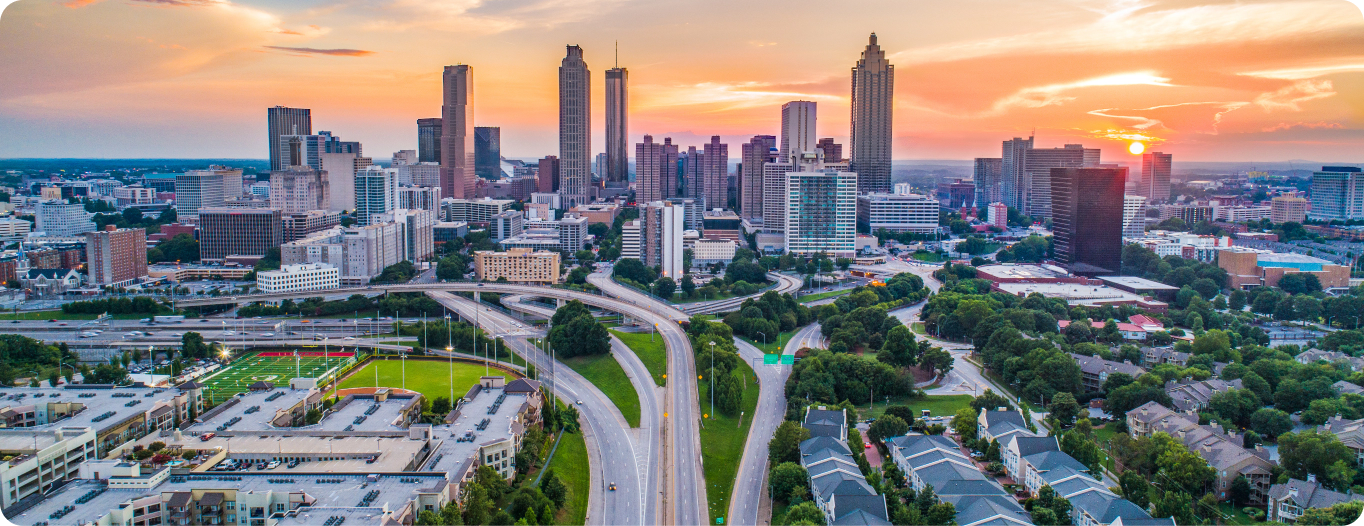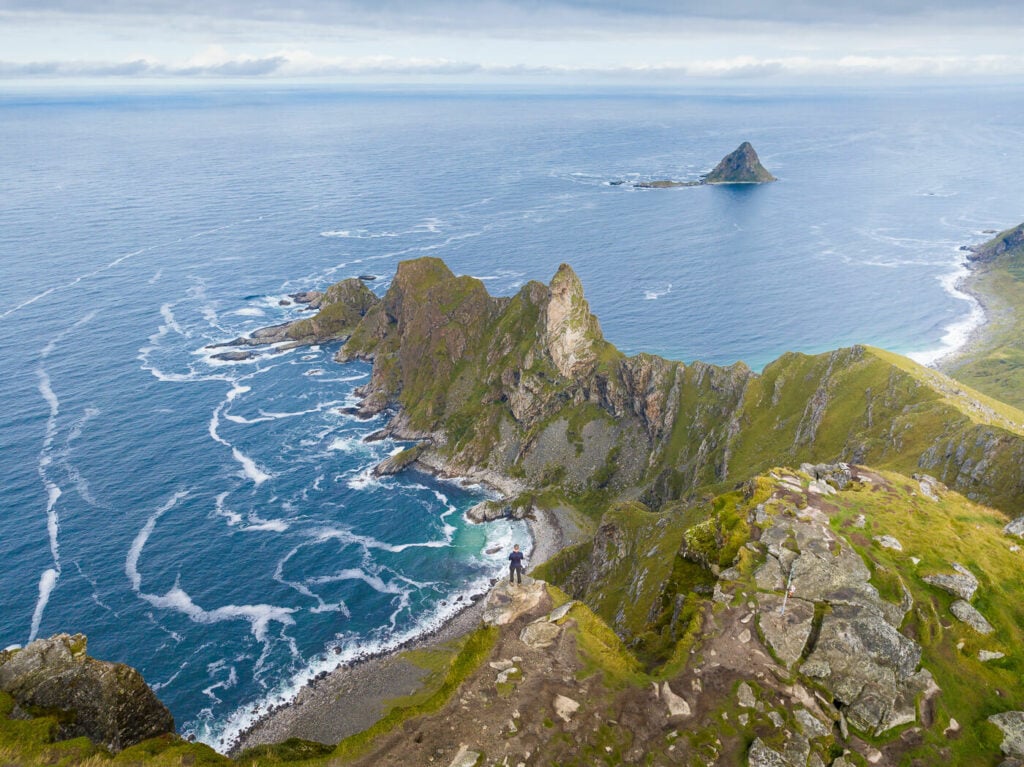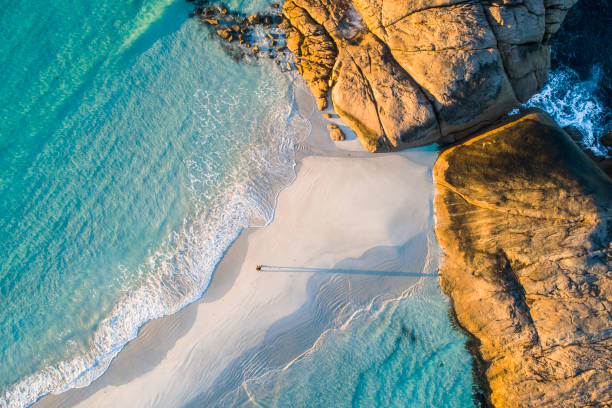Transform Your Point Of View: The Art and Science Behind Drone Photography
Drone photography stands for a considerable intersection of imaginative vision and technological development, allowing developers to record point of views previously unattainable. Understanding the auto mechanics of drone technology, from devices selections to make-up methods, is vital for achieving compelling imagery (drone photographer). What really identifies efficient drone digital photography from simple aerial pictures?
Recognizing Drone Technology
Understanding drone innovation is essential for any individual thinking about using its capacities for digital photography. Drones, or unmanned aerial automobiles (UAVs), count on a combination of software and hardware to accomplish flight and capture images. At their core, these devices are geared up with sensing units, cams, and navigating systems that enable them to fly autonomously or be regulated remotely.
The key elements of drone innovation consist of the flight controller, which offers as the brain of the drone, refining data from different sensing units to make sure secure trip. In addition, GPS innovation plays a vital function in navigation, allowing drones to follow pre-defined flight courses and preserve their placement also in challenging problems.

Additionally, understanding the regulatory landscape surrounding drone usage is vital, as it controls where and just how drones can be operated, making certain security and conformity. Familiarity with these facets of drone technology encourages digital photographers to maximize their creative potential while sticking to lawful standards.
Vital Tools for Drone Photography
Choosing the appropriate tools is vital for achieving remarkable results in drone photography. At the heart of this configuration is the drone itself, which ought to be chosen based on trip stability, cam high quality, and ease of use. Popular designs usually feature built-in high-definition video cameras that catch magnificent aerial images.
Along with the drone, investing in a premium camera is essential. Lots of drones come furnished with cameras with the ability of capturing in 4K resolution, but for professional-grade outcomes, consider a drone that allows for compatible electronic cameras or supports larger sensors. This flexibility can significantly improve image quality.
Stabilization is another vital aspect. A three-axis gimbal is suggested for smooth video, decreasing vibrations that can diminish photo clearness. In addition, additional batteries and a reputable charger make certain extended trip time, enabling even more comprehensive shoots.
Mastering Structure Strategies
Mastering composition techniques is basic to raising your drone digital photography from average to amazing. A well-composed photo records the customer's focus and shares an effective story.
Among the necessary concepts to take into consideration is the guideline of thirds, which entails splitting your structure into a grid of 9 equal components. Positioning essential aspects along these lines or at their crossways develops aesthetic rate of interest and equilibrium. Furthermore, leading lines can lead the customer's eye through the photograph, attracting interest to the subject and adding depth.
An additional efficient strategy is framing, where natural environments such as trees or buildings frame the topic, enhancing the focal point. This approach not just supplies context yet also develops a feeling of intimacy within the scene.

Finally, always bear in mind the horizon line. A crooked perspective can distract and detract from an or else fascinating image. By mastering these make-up methods, you can considerably enhance the influence of your drone digital photography.
Illumination and Weather Condition Considerations
In drone digital photography, the interaction of lighting and weather can substantially influence the quality and state of mind of your images. Ideal lights conditions are crucial; the gold hours-- quickly after dawn and before sunset-- provide soft, view publisher site diffused light that improves shades and decreases extreme shadows. Throughout these times, the landscape appears more vivid and vibrant, enabling for impressive aerial shots.
Alternatively, cloudy skies can produce a flat, muted palette, yet they can also provide even lighting that minimizes comparison and highlights information in the setting. This can be useful for catching structures in metropolitan setups or detailed patterns in nature.
Climate condition, such as snow, fog, or rainfall, can also add one-of-a-kind elements to your digital photography. Haze can develop a sense of enigma, while rain can improve colors and saturate the landscape. It is important to take into consideration the security of your drone; flying in adverse climate conditions can lead to equipment damage or loss of control.
Eventually, recognizing how lighting and weather affect your airborne shots enables you to choose the perfect conditions for your drone digital photography, guaranteeing visually striking and compelling images.
Post-Processing Idea
After catching sensational airborne photos, the following step entails refining those shots with post-processing. This crucial phase boosts the visual impact of your pictures, enabling you to highlight the special viewpoints that drones offer.
Start with software devices like Adobe Lightroom or Photoshop, which provide robust editing abilities. Begin by dealing with exposure and white balance to make certain that your colors appear real to life. Utilize histogram checks to accomplish ideal brightness levels, preventing too much exposure or loss of information in darkness.
Next, improve comparison to include depth to your photos. Adjusting clarity can hone essential information without introducing sound, which is specifically beneficial in aerial shots where texture plays a considerable duty. Do not avoid cropping; this can aid concentrate the viewer's focus on the major topic.
Take into consideration using a mild description vignette to direct the customer's eye towards the facility of the photo. By mastering these post-processing techniques, you can boost your drone digital photography to new heights.
Conclusion

What genuinely identifies effective drone photography from plain airborne pictures? Lots of drones come furnished with cams capable of capturing in 4K resolution, but for professional-grade results, consider a drone that allows for interchangeable cams or supports larger sensors. By understanding these make-up methods, you can substantially enhance the effect of your drone photography.
In drone photography, the interaction of illumination and climate can dramatically influence the high quality and state of mind of your pictures (aerial photographer spokane). By understanding these post-processing strategies, you can elevate your drone photography to brand-new elevations